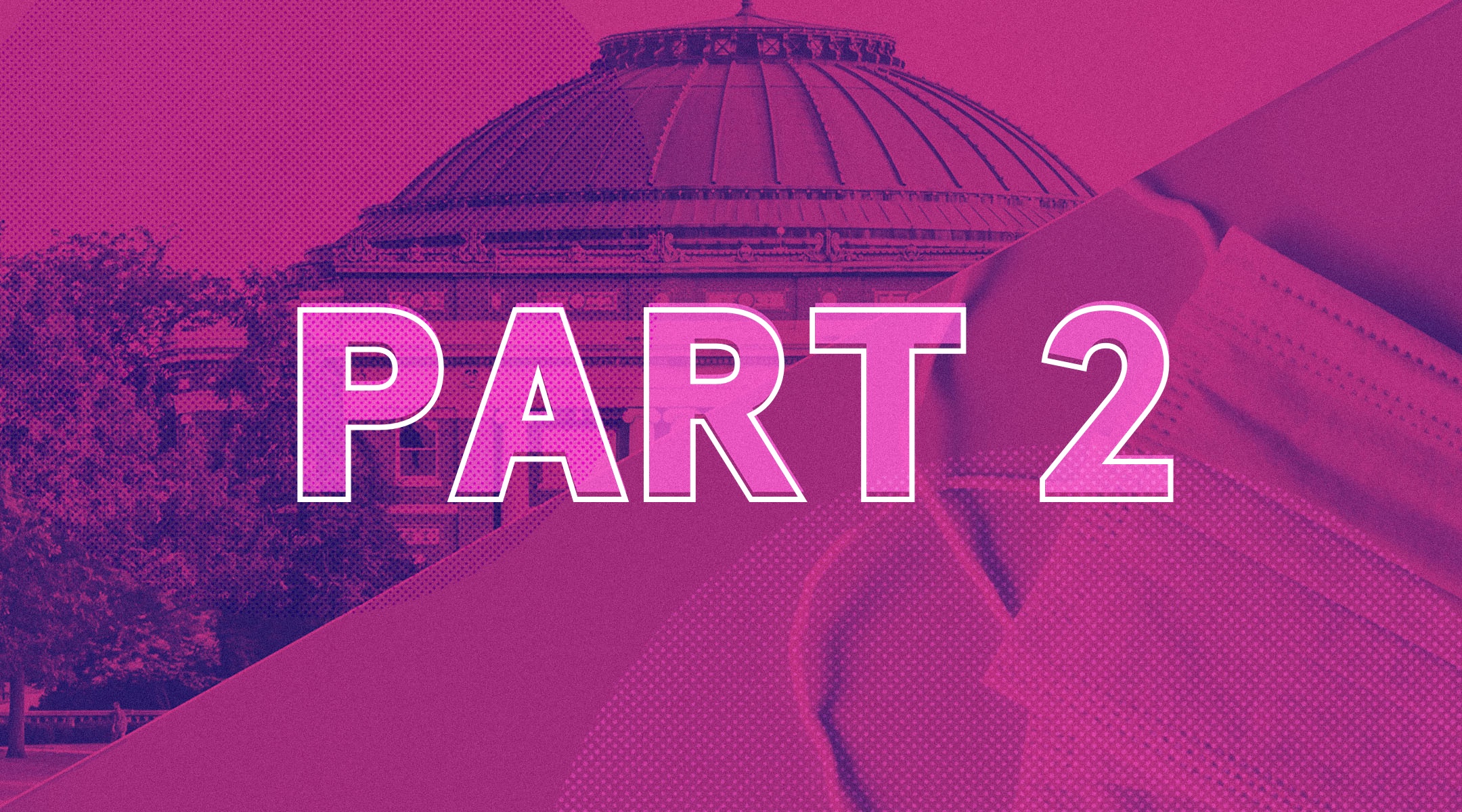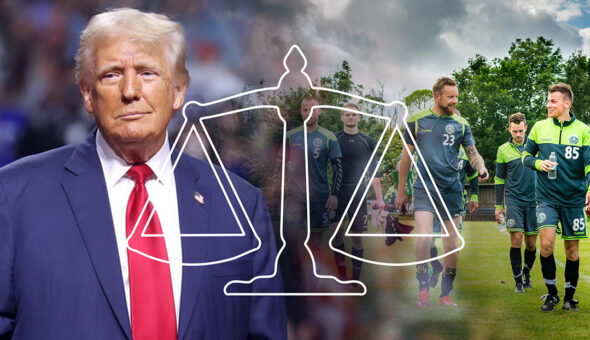The biggest game changer is the longevity of the crisis.
“As we look to update our crisis plans, the one area we will need to look at is including how we are operating in a situation where the crisis peaks at the beginning and levels out without any end in sight,” said Matt Santos, vice president of university relations and athletics at Kutztown University of Pennsylvania. “Our plan covers the crisis, the fallout and business continuity, but not for the extended time period we are dealing with right now. So much of it we are learning and strategizing as we go.”
New Orders for MarComm Teams
As they adjusted to the new norm of working remotely, MarComm teams shifted gears toward maximizing awareness of their schools’ new contingency plans for the remainder of the semester and beyond. This meant creating emails, digital content and social media posts about everything from partial tuition refunds, alternative grading options and new commencement plans, to extended admissions deadlines and distance-learning alternatives for summer. In short order, they are also launching remote alternatives for recruitment and advancement events, and generating a wide range of new digital content to engage their audiences.
“It has been an incredible period of adaptability and innovation,” said Genna Welsh Kasun, director of marketing at The University of Virginia’s College at Wise, where a virtual donor stewardship event honoring the benefactors of endowed scholarships was quickly created to replace the school’s annual on-campus event.
On the admissions front, institutions are turning to virtual tours and online information sessions to replace in-person events critical to their conversion rates. An example is Temple University’s new virtual visit, created to substitute its “Experience Temple Day.” The MarComm team developed the comprehensive site while also chronicling the transformation of their basketball arena into a surge hospital to relieve Philadelphia’s burgeoning medical facilities with a facility for patient overflow. The resulting web story came complete with a photo gallery and time-lapse video.
MarComm teams also continue to capitalize on digital advertising and email communications to reach prospective students, and their social media channels are abuzz with activity for all audiences. For example, UVA Wise is increasing Instagram takeovers by students and admissions counselors. Rowan recently did a #ProfPet photo challenge on Facebook to engage their campus community, and St. Lawrence University in Canton, N.Y., released an image gallery of downloadable photos for their community to use as desktop or Zoom backgrounds to remind them of campus while they learn, teach and work remotely.
Videos to engage current students and other key audiences during this time of social distancing are cropping up on social media as well. Kutztown University of Pennsylvania produced Kutztown’s Whole Town Toast and Together We Roar to keep connections to the institution strong.
At Albright College in Reading, Pa., the women’s basketball team was tapped for a Pass the Ball video to raise the spirits of current students. And inspired by a street-chalk message from Father Bill Christy, director of campus ministry and university chaplain, the MarComm team at Duquesne University in Pittsburgh created a Be Patient. Be Kind. Be Brave. Have Faith. video that speaks to current and prospective students alike.
When relevant, schools also told inspiring stories of the very real ways they were helping to fight the COVID-19 war. Temple’s story about the transformation of their basketball arena is just one example. Albright and Rowan, for instance, made the news for their efforts to get 3D-printed face shields and intubation boxes into the hands of medical professionals, while several other schools like UVA Wise chalked up media placements with stories about faculty making hand sanitizer.
So … What’s Next?
The billion-dollar question, of course, is unknowable right now. In the short term, many schools will embark on fundraising activities centered around COVID-19’s economic impact. Some schools, like Duquesne and Bloomsburg University of Pennsylvania, have already established emergency funds to address the hardships facing students.
MarComm efforts through at least the spring will likely be directed at promoting such fundraising efforts, while continuing to create digital content to support yield and retention efforts critical to maintaining and growing their current enrollment. Planning remote commencement experiences is also high on the priority list for marketing teams working at schools like Temple, where commencement was cancelled rather than postponed to the summer.
And, of course, everyone will continue to pump out news and information about their response to the crisis and how and when they plan to welcome students back. Finally, once they have time to breathe, teams will begin turning their attention back to projects, such as magazines and other print publications, that were put on the backburner when the crisis erupted.
But the biggest question is what lies farther down the road. COVID-19 will determine much of their longer-term plans, too. Speculation about extending remote learning into the fall, changes in many high school seniors’ plans, and predictions of a looming bust in the fundraising boom paint an unclear future.
The only thing that is certain is that uncertainty will dominate the near future.
Lessons Learned in Crisis Comms
The clearest lessons yet to emerge from all of this – though this is hardly over – surround crisis communications plans. This pandemic is different from any crisis higher-ed officials have encountered in the past, from the rapid rate the situation escalated and continued changing, to the long plateau of its effects still being felt. This is precisely why Carey Manzolillo, director of communications at Albright College in Reading, Pa., encourages fellow marketing and communications professionals to document everything they’re doing in real time.
“Take the time to record everything you’ve done now — especially the timeline, plans that were scrapped and the things that were unexpected — because we’ll be here again, maybe 10 years from now, maybe next year,” she said. “And every lesson learned now can make the next go-round a little bit easier.”
In addition, Gabriel Welsch, vice president of marketing and communications at Duquesne, said that part of a successful crisis response is keeping people in the loop, and empowering them to do what they’re good at, when the time comes.
“Err on the side of keeping your whole team informed,” he said. “It’s not a time for keeping a lot of information privileged, as long as senior leadership is on the same page. If people know what’s going on, they can make expert decisions in their role and cut down on the supervision you need to provide.”
Leaders need to combat the exhaustion that will inevitably set in, too, said Paul Redfern, vice president for university communications at St. Lawrence University in Canton, N.Y.
“It will get exhausting and that is when there is a higher likelihood of making mistakes,” he said. “It is important to watch out for each other and make sure everyone has a chance to rest and get some time away from the situation, so that they can return with a fresh set of eyes.”
Silver Linings?
There are early indications that some positive things will come out of all of this. Chief among those benefits will be greater adoption and dependence on collaborative technologies, with the likes of Google Docs, Zoom and WebEx likely to continue being used beyond the immediate need. Cardona sees this as the most promising outcome emerging from the crisis.
“Everyone was thrust into using technology to its fullest,” he said. “People who couldn’t even group text are now hosting webcasts — all within a three-week period.”
Welsch sees even bigger long-term lessons this experience will teach institutions about themselves.
“Brands show most clearly in times of extreme strain and challenge,” he said. “We will learn a lot about ourselves and how we step forward, and the stories that result will help us communicate who we are in a deeper way.”








